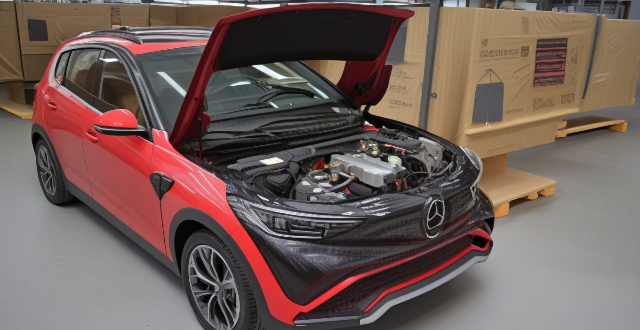When considering purchasing a car, taking it for a test drive is an essential step. The duration of the test drive can vary depending on several factors, including the type of vehicle, your familiarity with the model, and the route you choose to drive. In this guide, we will explore the ideal length of a car test drive and the factors that influence it.

How Long Should a Car Test Drive Last?
When considering purchasing a car, taking it for a test drive is an essential step. The duration of the test drive can vary depending on several factors, including the type of vehicle, your familiarity with the model, and the route you choose to drive. In this guide, we will explore the ideal length of a car test drive and the factors that influence it.
Choosing the Right Duration
- Familiarity with the Model: If you are already familiar with the model, a shorter test drive might suffice. However, if it's a new model or one you're unfamiliar with, plan for at least 15-20 minutes to get a good feel for the car.
- Type of Vehicle: Larger vehicles like SUVs and trucks may require more time to assess their handling and performance compared to smaller cars.
- Route: Choose a route that includes different types of roads (highway, city streets, hills) to evaluate how the car performs in various conditions.
- Features and Technology: Allocate time to test features like the infotainment system, safety technology, and comfort settings. This could add 5-10 minutes to your test drive.
- Comparison Shopping: If you're comparing multiple vehicles, allow enough time for each test drive so you can make informed decisions.
What to Look For During the Test Drive
##### Performance
- Acceleration: Test the car's acceleration from a stop and while cruising.
- Braking: Evaluate the brakes in different situations, such as sudden stops and slowing down from high speeds.
- Steering and Handling: Notice how the car handles turns and curves, especially at higher speeds.
##### Comfort and Visibility
- Seating: Check the comfort of the seats and adjustability for all passengers.
- Visibility: Ensure good visibility from all angles, including blind spots.
- Entry and Exit: Ease of getting in and out of the car is important, especially for families with children or elderly passengers.
##### Technology and Features
- Infotainment System: Spend time familiarizing yourself with the controls and connectivity options.
- Safety Features: Test any advanced safety features like adaptive cruise control or lane-keeping assists.
- Climate Controls: Check the efficiency and responsiveness of the heating and air conditioning systems.
##### Practical Considerations
- Trunk Space: Assess the cargo space and how easily the trunk or rear hatch opens.
- Fuel Economy: Pay attention to the fuel gauge during your drive to gauge real-world mileage.
- Noise Levels: Evaluate interior noise levels both at idle and while driving.
Conclusion
A thorough test drive should last around 20-30 minutes, depending on the factors mentioned above. This gives you ample time to assess the car's performance, comfort, and features without feeling rushed. Remember, the goal of a test drive is to simulate ownership and identify any potential issues or concerns before making a purchase decision.